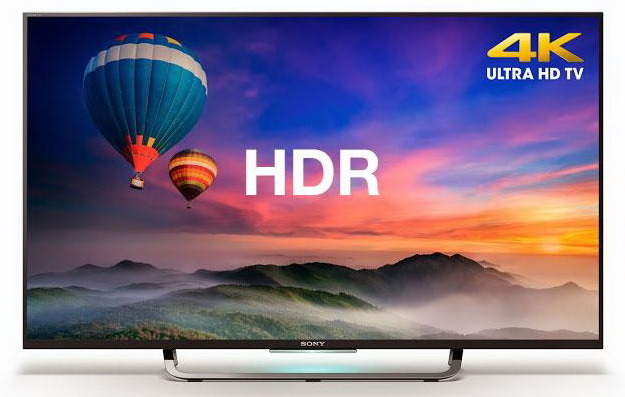4K HDR Video
HDR (High Dynamic Range) video significantly boosts a display’s contrast ratio and allows for much finer detail in the shades in between. It comes alongside another feature, wide color gamut (WCG), which lets a TV produce more colors than most current sets are capable of. The result is a picture that is more vivid, and more importantly, noticeably more lifelike. Colors are less muted, and objects appear to have more depth. It’s not a gimmick so much as a straight improvement.

High Dynamic Range Video Content
The big issue here is a familiar one for new TV technologies: content. There isn’t much of it. Streaming services like Netflix and Amazon Prime Video have at least started the process, but unless you’re into Ultra HD Blu-rays, you’ll have to wait a bit before HDR goes mainstream.
So, what should you take away from all this? First, 4K and HDR aren’t mutually exclusive — several 4K HDR TVs are already available, and the pair will come hand in hand going forward. Some sets do HDR much better than others, though. Second, to be clear: It’s not like you absolutely shouldn’t buy a non-HDR 4K TV today. If you’re in a bind, feel free. Again, HDR is a high-end feature, for now, it’ll be a while before HDR content is widely accessible.

Still, between the two, High Dynamic Range video is the real step forward. If you can wait for the HDR market to mature before making that next big TV purchase — or if you have the cash to get something good today — do so. It’s the buzzword worth buying into.
* * *
- 4K 360 Video
- Monitors with 4K resolution
- 4K Projectors
- Smartphones capable to record video in 4K
- 4K Streaming Devices
- 4K vs 8K resolution
- 4K Webcams
- A comparison of 4K against all the available consumer video resolutions
- Best 4K Action Cams
- The Best 4K cameras on smartphones
- Best 4K Hindi / Tamil / Bollywood Movies
- Everything you need to know about 4K Projectors
- HEVC (H.265) Codec
- How to download any streaming 4K video in just 3 steps!
- PC hardware capable for playing games at 4K resolution
- Top 5 4K software video players for PC/Mac
- List of the top 10 4K / Ultra HD TV
- Top graphics cards for 4K gaming
- Top-rated 4K movies
- What is UHD and 4K video
- Is the human eye capable to see in 4K?

